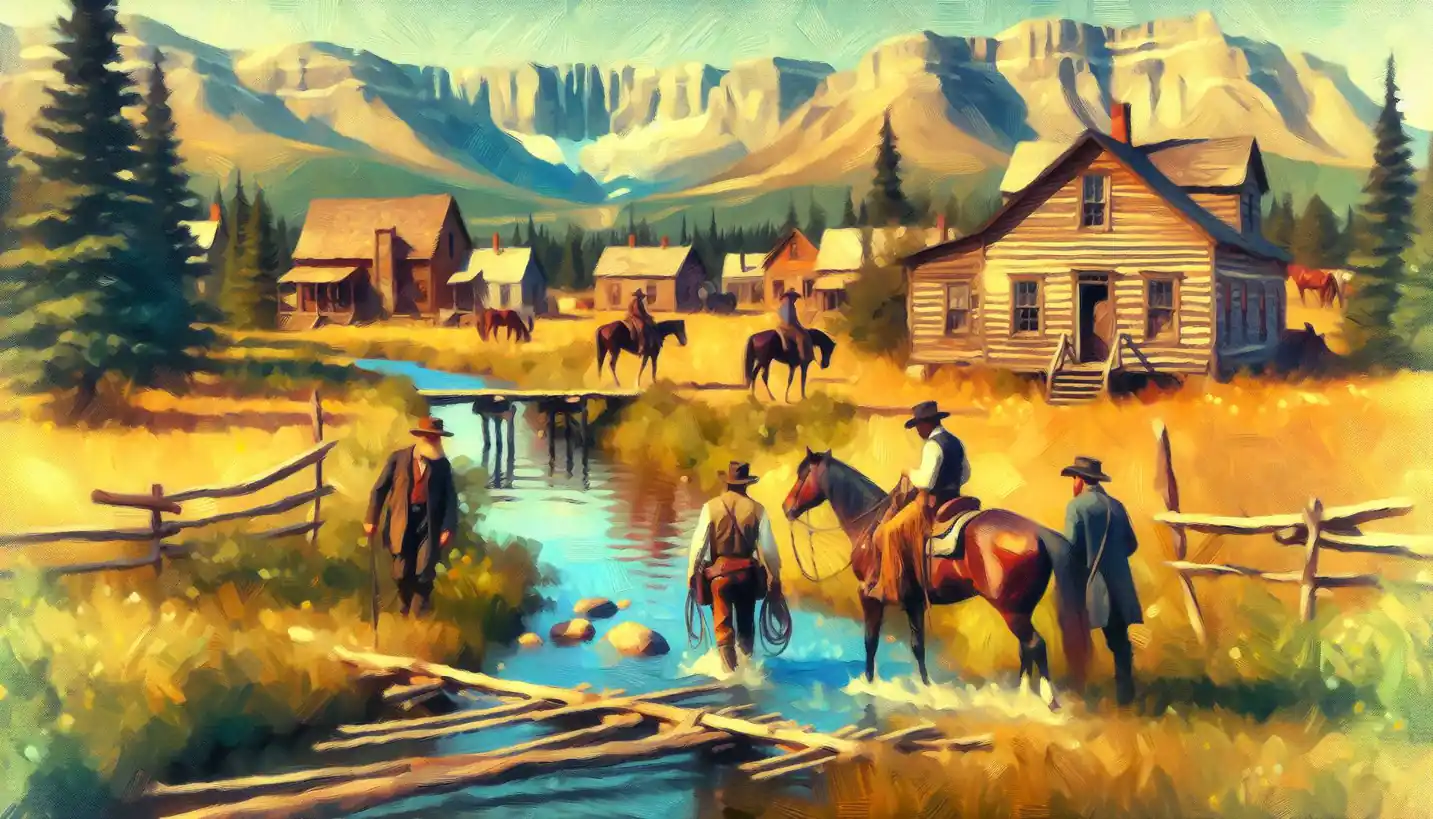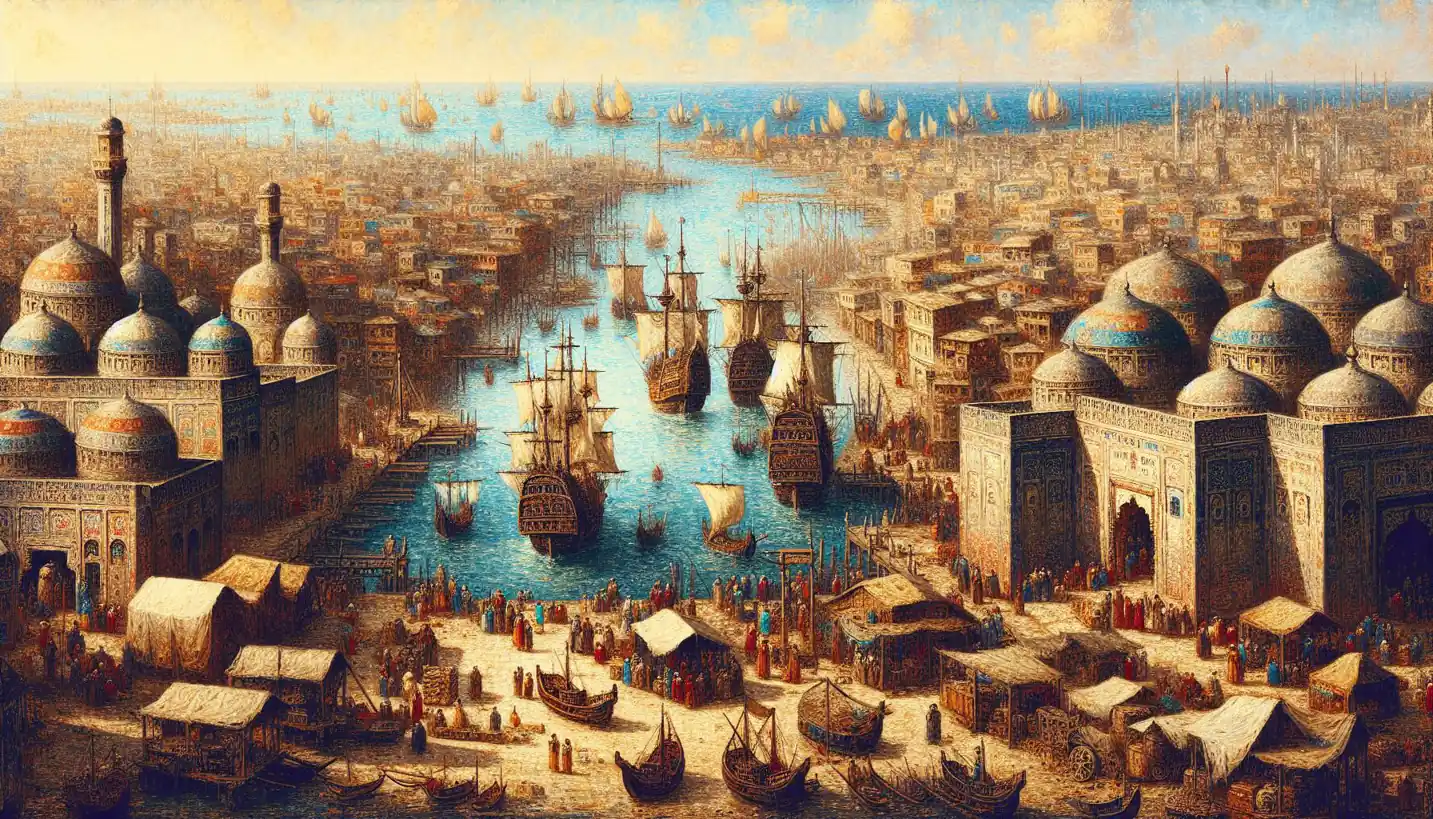· History · 5 min read
Testimony: Uncovering History's Secrets through Oral Stories
Testimonies reveal hidden secrets of history. Explore how oral stories serve as powerful tools for discovery.

When it comes to understanding the past, we often rely on written documents, artifacts, and images. However, one powerful source of historical knowledge that often gets overlooked is testimony, especially in the realm of oral history. This fascinating concept helps us connect with personal experiences and perspectives that might otherwise be lost.
Testimonies are essentially people’s stories. Think of them as personal narratives that provide a window into the past. These stories are shared verbally, often recorded, and then preserved so future generations can access a rich tapestry of human experience. Oral history, and by extension testimony, allows us to explore history not just from the perspective of the victors or the powerful, but from the everyday individuals who actually lived it.
The Power of Personal Stories
Imagine history as a grand mosaic. While traditional sources like books and official records form the larger pieces, testimonies fill in the gaps, offering vibrant colors and details we might otherwise miss. When someone shares their personal account of an event, they bring it to life in a way that no textbook can. It’s like having a front-row seat to history, complete with emotions, individual perspectives, and unique details.
For example, consider the stories of World War II veterans. While battles and strategies can be found in history books, testimonies offer personal insights—what it felt like to be on the front lines or the emotions stirred when returning home. These accounts add depth and humanity to events that otherwise might seem abstract or distant.
Why Oral History Matters
Oral history and testimony are crucial for several reasons. First, they preserve voices that might not be documented otherwise. Many cultures have rich oral traditions, passing down knowledge through generations without ever putting pen to paper. By capturing these stories, we ensure that these voices are heard and remembered.
Moreover, oral history provides a more inclusive and diverse perspective. Official histories often focus on the dominant narratives, but testimonies highlight marginalized voices. By listening to these stories, we gain a broader view of history, understanding the experiences of women, minorities, and other underrepresented groups.
How Testimonies are Collected
Collecting testimonies typically involves recording interviews with individuals who have firsthand knowledge of historical events. This method is both simple and challenging. The simplicity lies in the basic tools needed—just a recorder and someone willing to share. Yet, the challenge is in conducting these interviews thoughtfully and sensitively, ensuring the subject feels comfortable and respected.
It’s essential to ask open-ended questions, allowing the person to express themselves fully. Researchers often need to be skilled listeners, able to pick up on nuances in the story and understand the context. This approach not only helps in creating an accurate historical record but also respects the storyteller’s personal experience.
Modern Uses of Oral Histories
In today’s digital age, oral histories have taken on new forms. Platforms like podcasts, video recordings, and digital archives allow these stories to reach wider audiences than ever before. They can be accessed easily, providing opportunities for learning and engagement across the globe.
Educational institutions, museums, and community organizations are increasingly using oral histories to complement their teaching and preserve local culture. These narratives can make history classes more relatable, offering a personal touch that textbooks alone often lack.
Challenges and Considerations
Despite their importance, collecting testimonies isn’t without challenges. Memory can be imperfect, and people’s recollections might evolve over time. Researchers must consider this when analyzing testimonies, understanding that they are personal interpretations rather than objective facts.
Moreover, ethical considerations are paramount. It’s crucial to obtain consent and be respectful of the subjects’ privacy and wishes. Ensuring that testimonies are used responsibly is key to maintaining trust and integrity in the process.
The Everlasting Impact of Testimonies
The beauty of testimony lies in its ability to connect us with the past in a deeply personal way. By listening to these stories, we gain empathy and understanding, seeing history through the eyes of those who lived it. This connection fosters a more comprehensive and empathetic understanding of our shared human experience.
Furthermore, testimonies remind us of the resilience and diversity of human life. They highlight how individuals and communities have faced challenges and adapted over time, offering valuable lessons for the present and future.
A Call to Engage with Oral Histories
Engaging with oral histories and testimonies enriches our understanding of the past, making it relevant to our lives today. It allows us to celebrate diverse voices and appreciate the complexities of historical events.
If you’re curious about history, consider exploring oral history projects in your community or online. Discovering these stories can be both enlightening and inspiring, offering fresh perspectives and deepening your appreciation for the rich tapestry of human experience that shapes our world.
In closing, testimonies are not just about preserving the past; they’re about engaging with it in a way that is real and personal. They remind us that history is not just a series of events, but a collection of individual human experiences, each story a vital piece of the puzzle. By embracing these stories, we honor those who came before us and learn more about our own place in the ongoing narrative of history.



